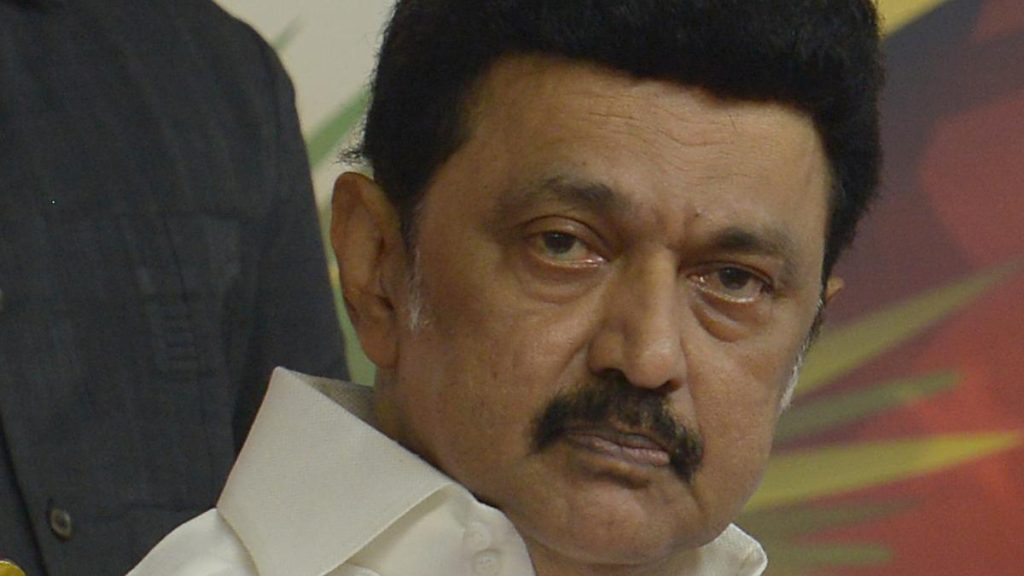Now Reading: How DNA Helps Identify Victims in Mass Disasters
-
01
How DNA Helps Identify Victims in Mass Disasters
How DNA Helps Identify Victims in Mass Disasters

Quick Summary:
- incident Details: On June 12,2025,an Air India flight crashed shortly after takeoff,killing 260 people. The massive fire owing to the plane carrying over 125,000 liters of fuel rendered many bodies unrecognizable.
- Response and Identification: DNA samples from victims’ families were collected post-disaster to identify remains. Over two weeks later, DNA analysis successfully identified all the deceased.
- DNA Analysis Process:
– Postmortem samples are collected at disaster scenes alongside other identifiers such as fingerprints and belongings.
– Samples must remain uncontaminated; intact tissue or bone/tooth samples are preferred in cases of degradation.
– Laboratory steps include DNA extraction,profiling through replication using enzymes,and size-based fragment separation for identification purposes.
– Profiles are matched with antemortem items (e.g., toothbrushes) or family members’ biological samples.
- Challenges Faced in DNA Analysis:
– Degraded or incinerated remains may lack adequate DNA for profiling.
– High standards require advanced technology and expertise to ensure accuracy.
- Ethical Questions Raised: Issues involving respect for cultural/socio-political norms surrounding death emerge. For example, iraq’s stress on returning bone sections used for testing reflects differing beliefs about bodily integrity.
image description: A scientist’s gloved hands pipetting DNA samples into tubes during analysis procedures (Image Credit: Westend61/Getty Images).
Indian Opinion Analysis:
The successful identification of victims through DNA analysis in the Air India disaster underscores India’s growing reliance on advanced forensic sciences during calamity management.while this case highlights important progress in technical capacity-ensuring closure for affected families-there remain broader considerations regarding infrastructure adequacy and ethical sensitivities when applied universally across diverse cultural traditions within India’s social fabric.
Given increasing vulnerability to environmental disasters and large-scale accidents globally,prioritizing efforts to build robust technological setups combined with sensitive policy frameworks is essential. Such systems may not only address practical challenges of mass fatalities but also integrate respectful treatment aligned with india’s pluralistic values toward death rituals across regions.
Forensic science advancements like foolproof identification help fortify disaster response plans but also emphasize preparation beyond reactive measures-propagating awareness and resilience before tragedy strikes.

























